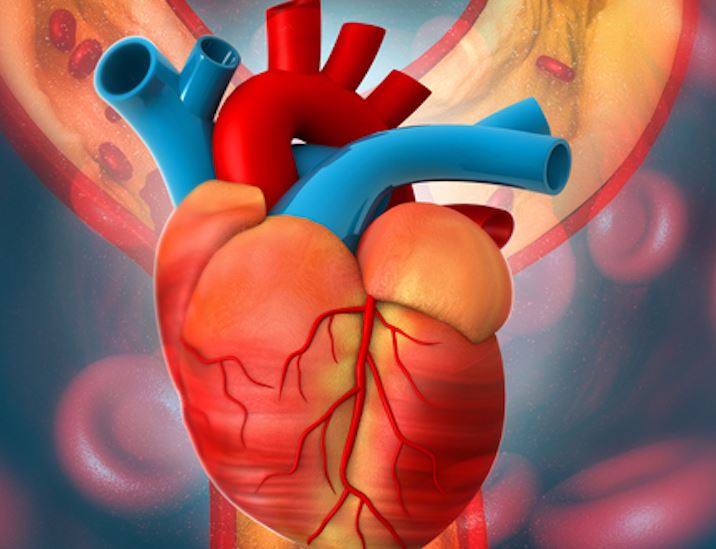

Despite its prevalence, CHD remains unknown to many families. Parents may notice signs such as bluish skin (a condition known as cyanosis), rapid breathing, or difficulty feeding, but may not associate them with a serious underlying issue.
These symptoms, while not exclusive to heart problems and sometimes associated with lung conditions, can be early indicators of CHD and deserve immediate medical attention.
CHD is the leading global birth defect, affecting one in every 100 live births. That amounts to more than 1.5 million children born with the condition each year.
Yet, despite this staggering number, CHD remains a quiet crisis, especially in low- and middle-income countries that lack healthcare systems to enable early diagnosis or treatment. Notably, according to the World Health Organization, more than 5,000 children require congenital heart surgery in Kenya each year.
On an annual basis, Kenya performs between 120 and 150 congenital open-heart operations, whereas 50 to 100 additional patients receive treatment outside the country.
The burden is further exacerbated by a shortage of paediatric heart specialists. The Kenya Cardiac Society estimates the country has fewer than 15 paediatric cardiologists and only two institutions equipped to perform open-heart surgery on children. The cost of a single surgery ranges from Sh800,000 and Sh5 million, well beyond the reach of most families.
Geographical access is another critical issue. Specialised services are unfortunately concentrated in urban centres (majorly in Nairobi, Eldoret and Mombasa), placing a heavy burden on families in underserved or rural areas. Many cannot afford the transport, let alone the treatment.
According to the World Health Organization, globally, more than 300,000 babies lose their lives annually because of CHD-related causes, most of whom are in LMICs. And 90 per cent of children living with CHD are in regions that lack the systems and resources to treat the condition properly.
When left untreated, CHD can lead to a lifetime of challenges, including frequent hospital visits, growth retardation, social isolation, poor school performance, emotional and mental health issues and reduced life expectancy.
These complications affect not only the child but also impose an enormous burden on already strained health systems and families alike. This underscores that the impact of CHD extends beyond the operating room as it is a public health, social and economic issue.
In the past years, the hospital has hosted annual fundraising golf tournaments to raise awareness and rally support for paediatric cardiac care. This year, it will host another edition under the theme ‘Giving Little Hearts Big Dreams’, continuing its mission to mobilise resources and inspire broader community action.
To ensure that more children are diagnosed and treated in time, Kenya must continue to invest in its paediatric cardiac care systems.
This includes expanding training opportunities for paediatric surgeons and cardiologists, improving diagnostic and surgical capacity in county hospitals and incorporating CHD screening into routine maternal and child health services. Introducing universal newborn pulse oximetry screening, a simple, non-invasive and cost-effective test, across all hospitals could also significantly boost early diagnosis rates.
International collaboration and regional networks also offer a promising path forward, helping to increase the availability of affordable diagnostic tools, build clinical capacity and create referral systems for more complex cases.
CHD may begin at birth, but its consequences stretch across a lifetime. The good news is that with the right investment, attention and support, its outcomes can be dramatically improved. Kenya has already made promising strides, and with collective effort, more children can be given the opportunity not just to survive, but to thrive. Let us continue to build on this momentum, giving these little hearts the big dreams they deserve.
THe writer is CEO, The Nairobi Hospital









![[PHOTOS] Stars warm up for Morocco showdown](/_next/image?url=https%3A%2F%2Fcdn.radioafrica.digital%2Fimage%2F2025%2F08%2Fb1f9cbbb-6271-484d-b7ae-dfea19cfd21a.jpg&w=3840&q=100)
![[PHOTOS] Ruto attends Sunday service in Limuru](/_next/image?url=https%3A%2F%2Fcdn.radioafrica.digital%2Fimage%2F2025%2F08%2F13a0f670-1883-413b-b5c3-e3069aa8b1f3.png&w=3840&q=100)

